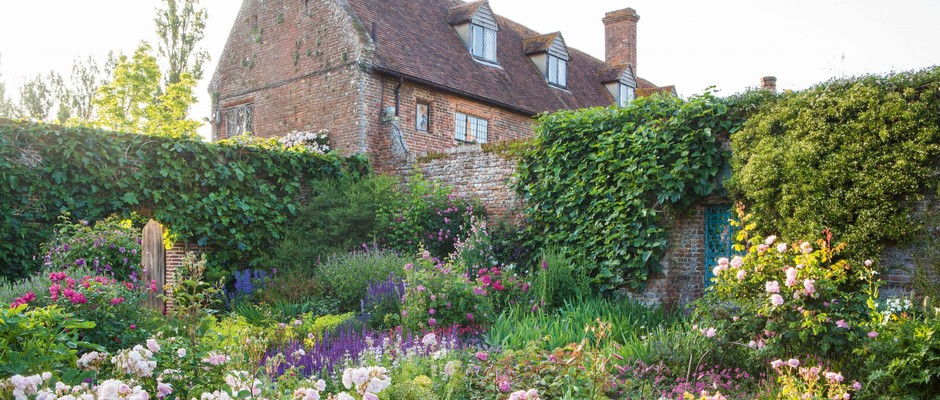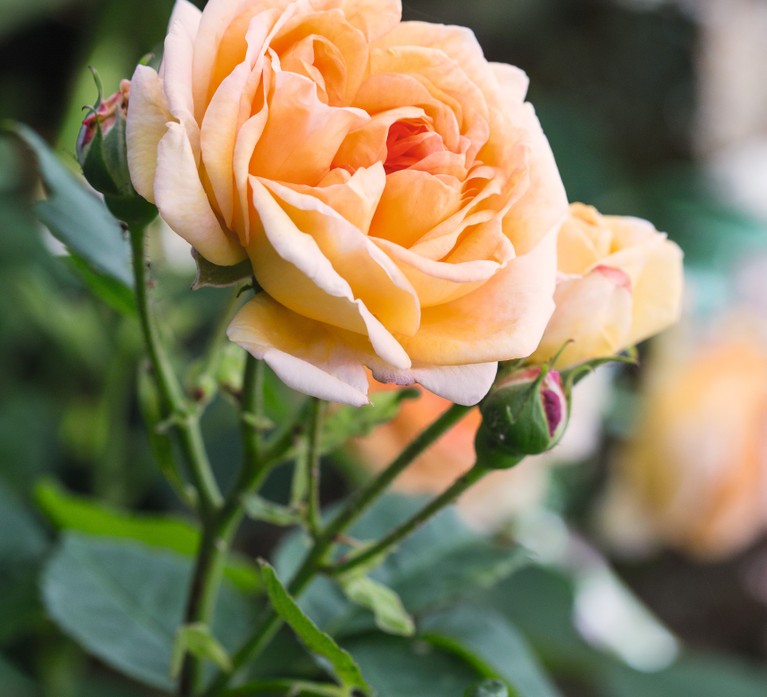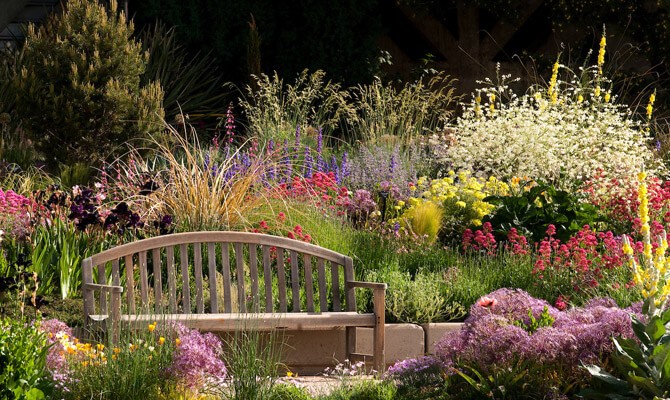
Women in gardening: key dates
As International Women's Day arrives, we look back over the key points in gardening history where women changed the scene
1573 During the 16th century, a woman’s place is generally accepted as being in the garden; indeed a well-kept garden is the sign of an accomplished housewife, as in Thomas Tusser’s Five Hundred Points of Good Husbandry.
1700s From the early 1700s, practical gardening is increasingly accepted as a pastime for aristocratic women, and several are hailed as gardening pioneers, including Mary, Duchess of Beaufort, Henrietta, Lady Luxborough at Barrells and the Princess Augusta at Kew.

1798 In Reflections on the Present Condition of the Female Sex, Quaker philanthropist Priscilla Wakefield considers how, following the loss of a husband or father, women may earn a living. She suggests ‘Ornamental gardening, and the laying out of pleasure grounds and parks, with the improvement of natural landscape… may… afford an eligible maintenance to some of those females, who in the days of their prosperity, displayed their taste in the embellishment of their own domains.’
This is to prove a template for many subsequent designers.
1850 The prissy 19th century finds garden work too uncouth for ladies, until writer Jane Loudon argues that women can not only dig and prune as well as men, but may also turn successfully to design: ‘there is not any lady who can design a pattern, and embroider a gown, that might not in a few hours be taught to design flower gardens with as much skill and taste as a professional landscape gardener.’
1878 Fanny Rollo Wilkinson persuades the men-only Crystal Palace School of Landscape Gardening and Practical Horticulture to admit her, and becomes the first female landscape gardener. Despite laying out over 75 public gardens in London, it takes years before she is actually paid for her work.
1891 Swanley Horticultural College becomes the first to accept women. In January 1896, two Swanley students, Annie Gulvin and Alice Hutchins, become the first women gardeners at Kew.
1897 The RHS inaugurates the Victoria Medal of Honour. Out of 60 recipients, just two are women – the celebrated plantswoman and garden maker Ellen Willmott and Gertrude Jekyll.
1898 Daisy, Countess Warwick, founds Studley College, the first of around 20 women-only gardening colleges to open between 1898 and 1940 (few receive RHS recognition.) The most distinguished is Waterperry, founded in 1932 by Beatrix Havergal, reputedly the model for Miss Trunchbull in Roald Dahl’s Matilda.
1908 Intrepid explorer Ella Christie, inspired by her travels in Japan, lays out an authentic Japanese garden at Cowden Castle. She employs a female garden designer – Taki Honda from Kyoto.

1911 Madeline Agar, another Swanley graduate, publishes Garden Design in Theory and Practice – the first work on the subject by a woman. By 1918 she is offering the first courses in garden design at Swanley. Her pupils include Brenda Colvin and Sylvia Crowe.
1921 Garden historian Eleanour Rohde is probably the first woman to design a show garden for Chelsea. Her herb garden receives a Silver-gilt medal.
1925 Kitty Lloyd-Jones (1898-1978) undertakes her first garden commission in Hertfordshire. She is perhaps the first woman to live, precariously, by designing gardens, rather than by writing or undertaking work in the public sphere.
1929 Brenda Colvin becomes a founder member of the new Institute of Landscape Architects. The following year, Lady Marjorie Allen becomes the first woman to be elected a fellow, becoming vice-president in 1939.
1937 Sylvia Crowe wins a Chelsea Gold for Cutbush Nurseries. Her design, which is not credited, is based on a bluebell wood, an astonishing precursor of today’s naturalist styles.
1938 On 1 May, Vita Sackville-West opens Sissinghurst to the public for the first time. It is to become the most influential garden of the 20th century. 1943 Lady Eve Balfour (1899-1990) kickstarts the organic movement in Britain with her book The Living Soil, and founds the Soil Association three years later.
1967 Beth Chatto opens a small nursery. Her ecological approach to planting is to revolutionise 20th-century design.
1994 German-born Brita von Schoenaich introduces Britain to German naturalistic planting at a symposium at Kew. The New Perennials movement is born.
1998 Arabella Lennox-Boyd is awarded Best in Show at Chelsea, followed in 2007 by Sarah Eberle.
2012 Sarah Price receives international acclaim for her planting design for London’s Olympic Park.
2018 A record 13 women compete for medals at Chelsea Flower Show for their gardens. Up until this point, only three women had ever won as solo designer of Best in Show.
Authors

Niwaki bundle worth £57 when you subscribe
Subscribe to Gardens Illustrated magazine and claim your Niwaki bundle worth £57
*UK only

Container Gardening Special Edition
The Gardens Illustrated Guide to Container Gardening.
In this special edition, discover colourful flower combinations and seasonal planting schemes for pots designed by leading plantspeople, and essential know-how for container gardening success. Just £9.99 inc UK p&pBy entering your details, you are agreeing to our terms and conditions and privacy policy. You can unsubscribe at any time.

Gardens of the Globe
From botanical wonders in Australia to tranquil havens closer to home in Ireland, let this guide help you to discover some of the most glorious gardens around the world
By entering your details, you are agreeing to our terms and conditions and privacy policy. You can unsubscribe at any time.





